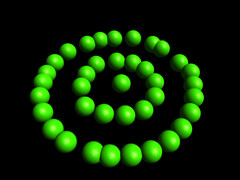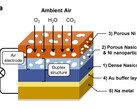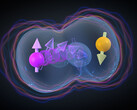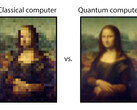Even more than quantum computers, quantum motors are among the more enigmatic objects that research is concerned with. The role and effect of quantum entanglement in particular remain in the realm of the unexplained.
There have been and still are hardly any experiments that deal with the functioning of quantum motors at all. Yet the functional principle is quite promising. Kinetic energy is generated directly from incoming photons, i.e. light.
While electricity or chemical reactions are otherwise required, a much more direct conversion takes place here. After all, the quantum motor should achieve an efficiency of 25 percent. According to the researchers, this would be enough to power circuits at least at some point in the future.
The fact that the efficiency is so high is due to the arrangement of the quanta and their entanglement. The stronger this quantum entanglement is, the better the mechanical efficiency of the system. This is the result of the analysis of around 10,000 individual experiments.
However, the system itself is not exactly of practical value at present. The observations were made on forty single positively charged calcium ions. These are located in an ion trap - usually optical tweezers that resemble a weak laser beam.
In addition, the whole thing has to be cooled down to almost absolute zero at -273 °C (-459 °F) in order to eliminate the vibrations of the atoms. The 25 percent efficiency is therefore theoretical at best. Viewed as a whole, it is almost certainly 0 percent, even when finely rounded.
Of course, this does not change the observation of how quantum entanglement influences efficiency. And even if future cars have to manage without a quantum motor for the time being (keyword: technological openness), the experiment will have been worthwhile once the interplay between atom, light and entanglement is better understood.















